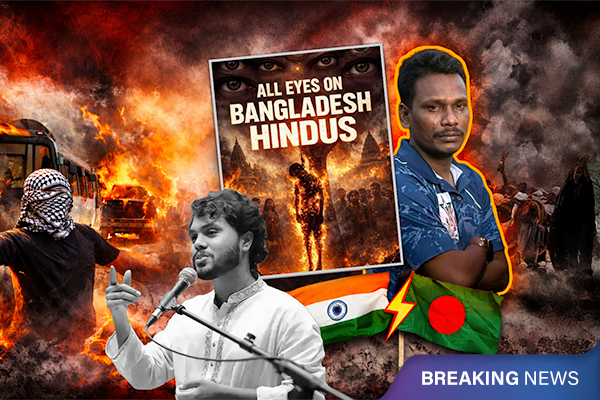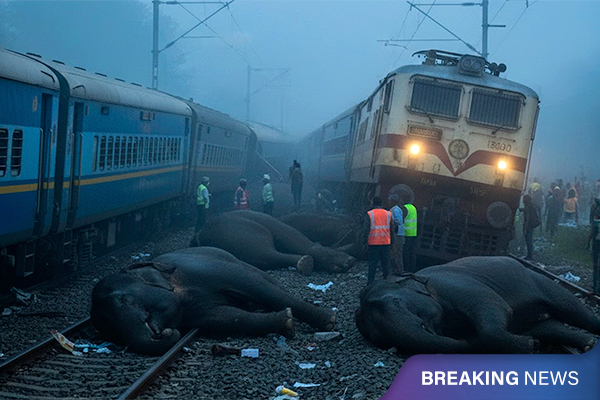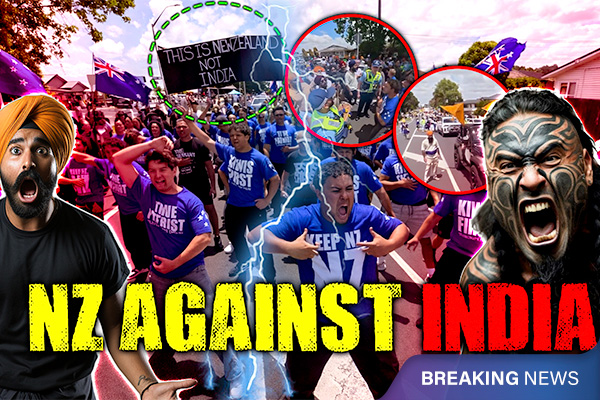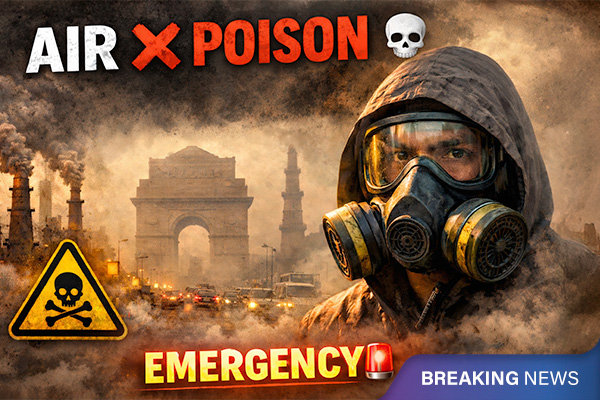Ladakh Protests: No Talks, Only Curfew
Sonam Wangchuk was arrested. Curfews continue, and local leaders demand peace before dialogue with the government. Angry Protests resulted to 4 deaths in Ladakh.
Ladakh Protests Escalate: Sonam Wangchuk Arrested, Curfew Continues
Yesterday, ISH News shared the history of Ladakh, explaining how it became a Union Territory and why residents have been demanding statehood. Recent protests, led mostly by Gen-Z youth, have turned violent, leaving four people dead and many injured.
In a dramatic development, Sonam Wangchuk was arrested on 26 September under the National Security Act. Authorities accused him of instigating protests that resulted in fatalities. Wangchuk has been lodged in Jodhpur jail, over 1,000 km from his home. Police also claimed alleged ties between Wangchuk and a Pakistan-based “person of interest,” and defended their use of force as self-defence amid protest violence.
The Apex Body of Ladakh has stated clearly that no dialogue will happen until peace is restored. They continue to demand full statehood and protection under the Sixth Schedule of the Constitution.
The Indian government has increased pressure, cancelling certain bodies for alleged rule violations on foreign funding, and a CBI inquiry is ongoing. This has intensified local anger, with the Kargil Democratic Alliance demanding the release of arrested individuals.
Security remains tight in Leh and Kargil, with curfews in place and restrictions on gatherings. The Lieutenant Governor of Ladakh has reviewed law and order measures, while authorities accuse protesters of trying to burn CRPF personnel. Young protesters call their movement a “Gen-Z revolution,” drawing parallels with Nepal and the Arab Spring.
The next High-Powered Committee meeting is scheduled for 6 October, but trust remains broken. Ladakh’s future, from potential statehood to ongoing youth-led protests, continues to unfold.







